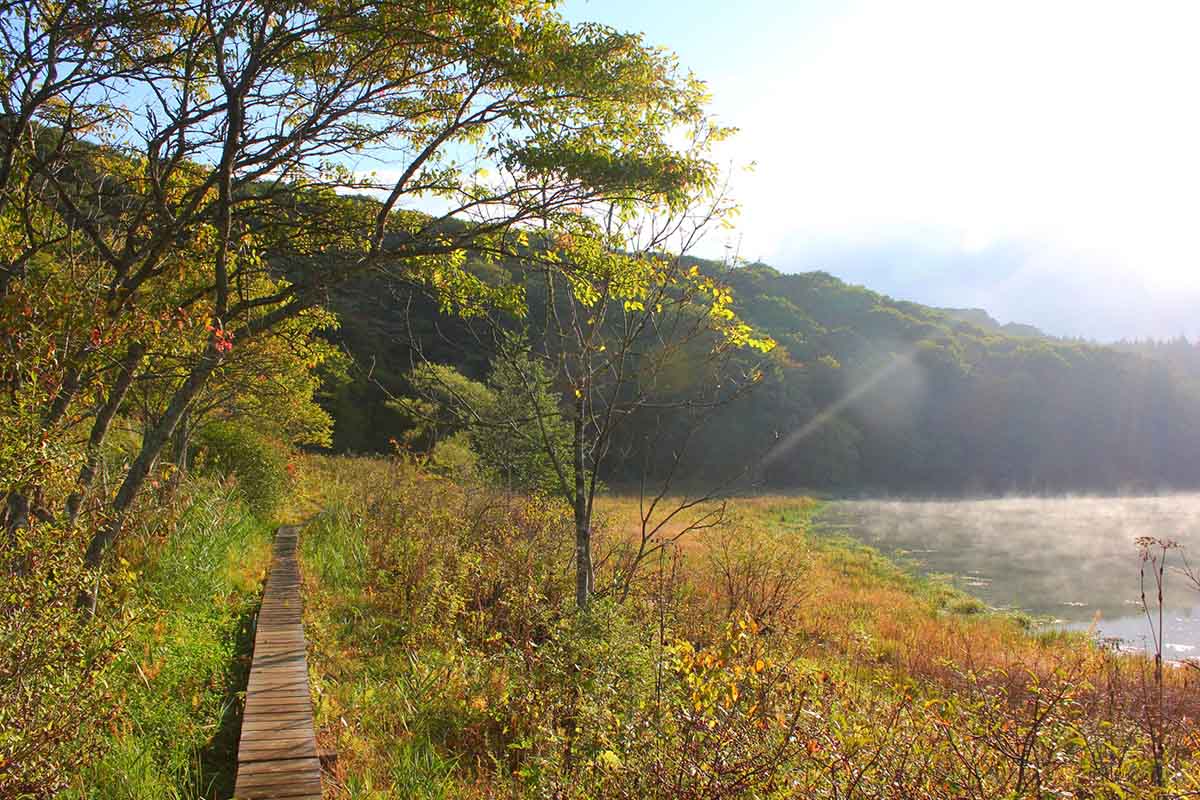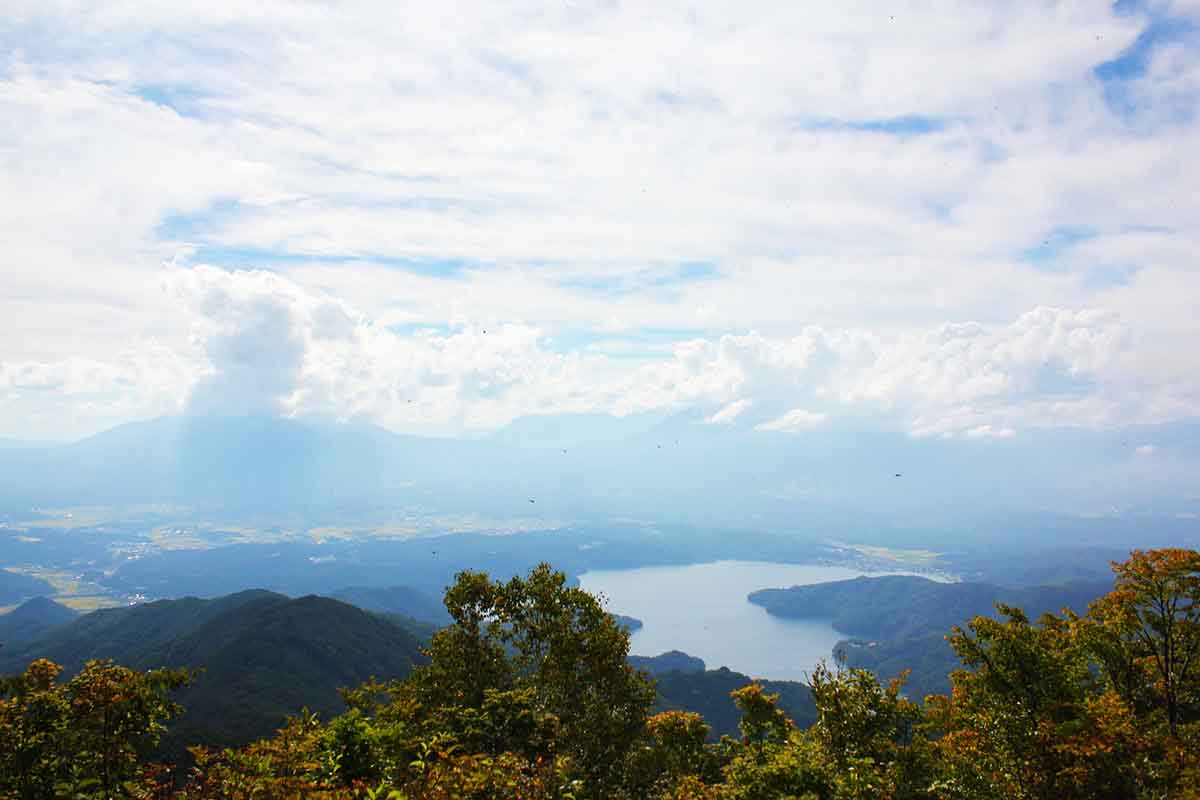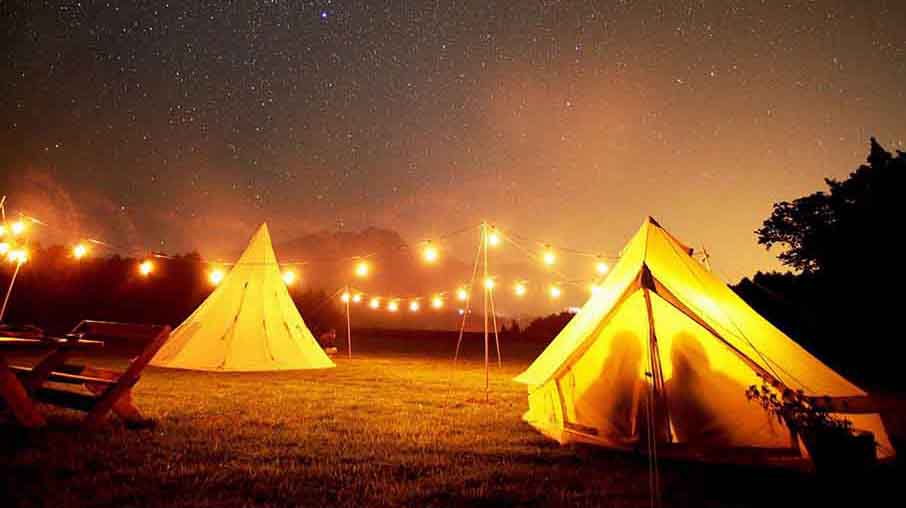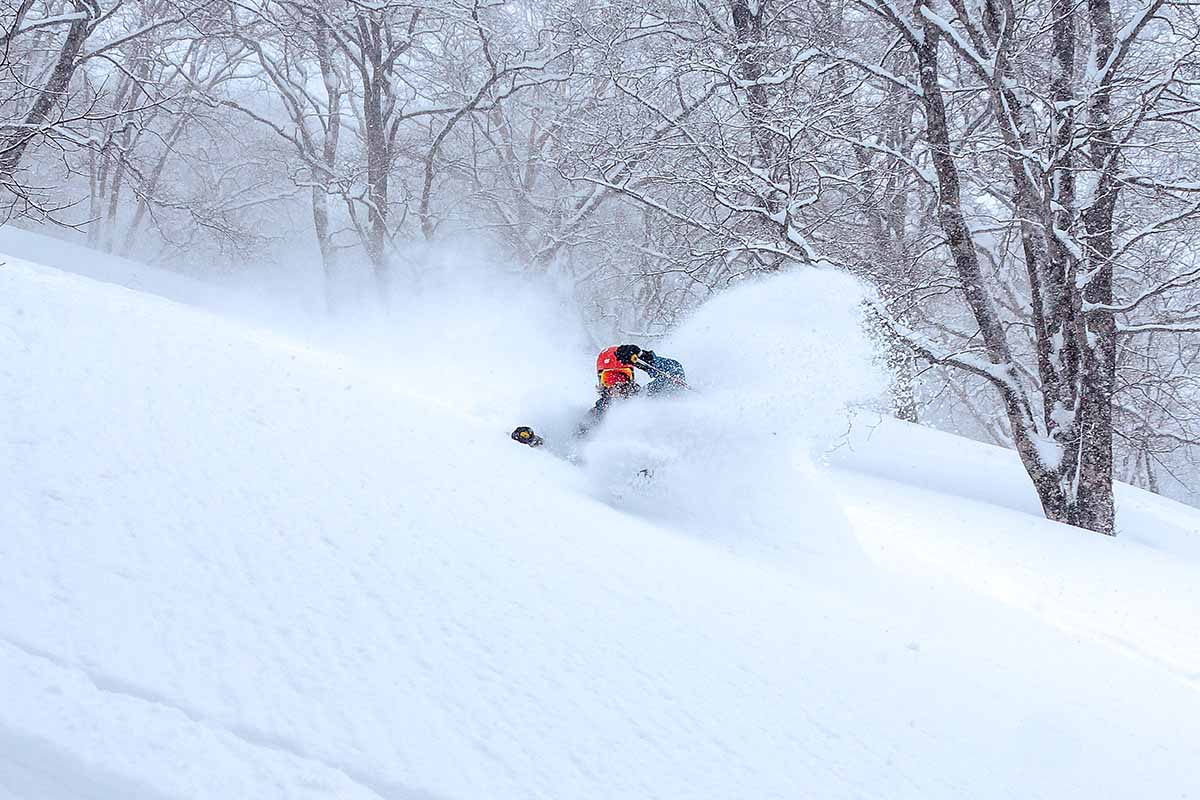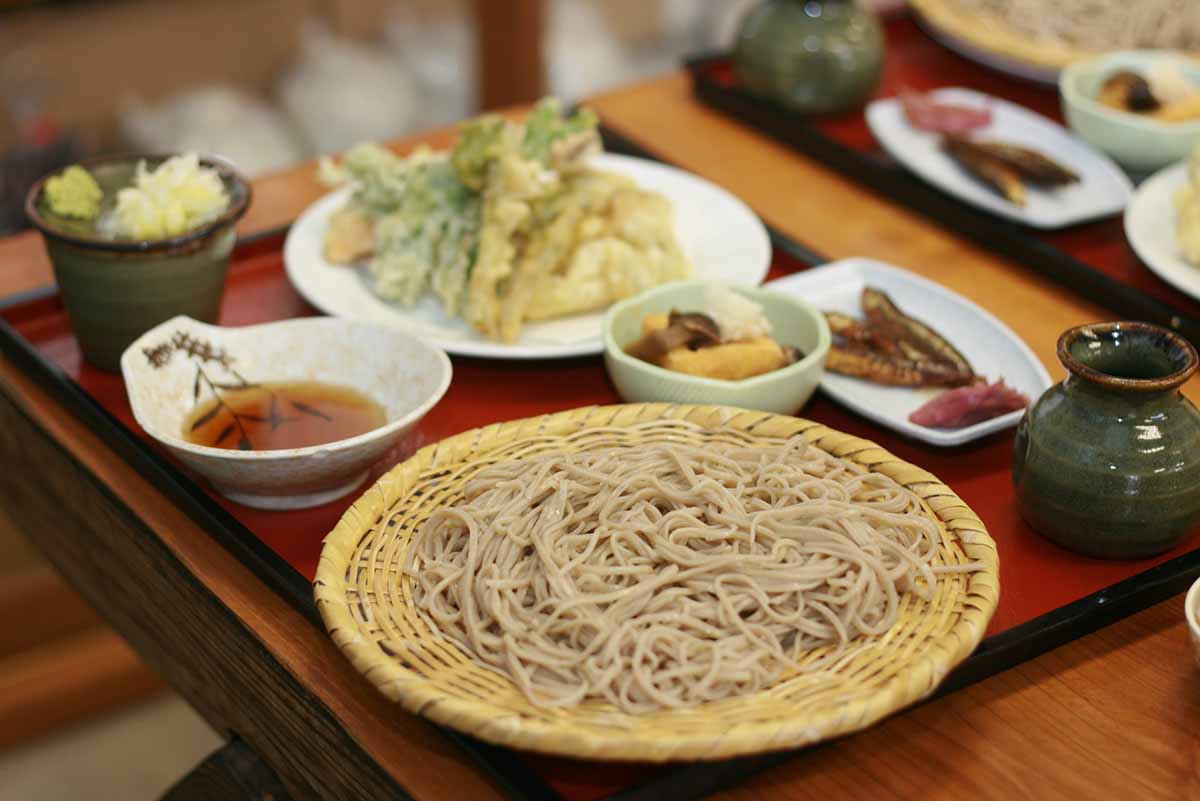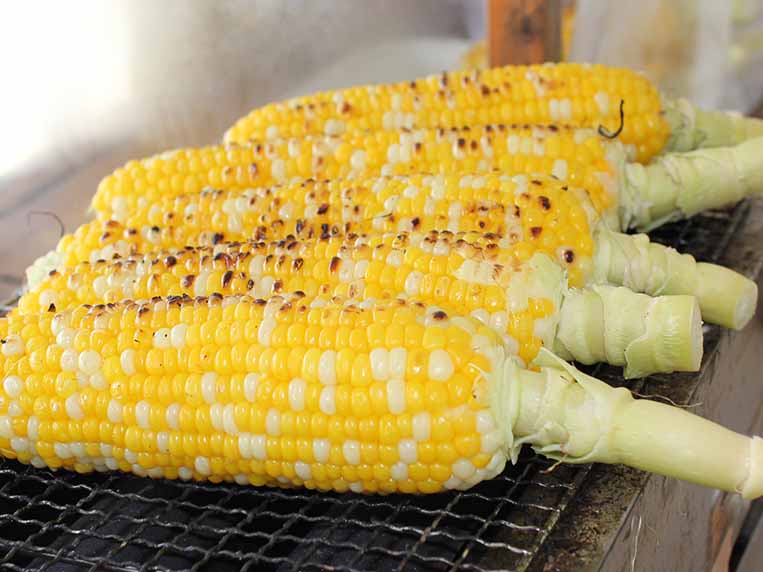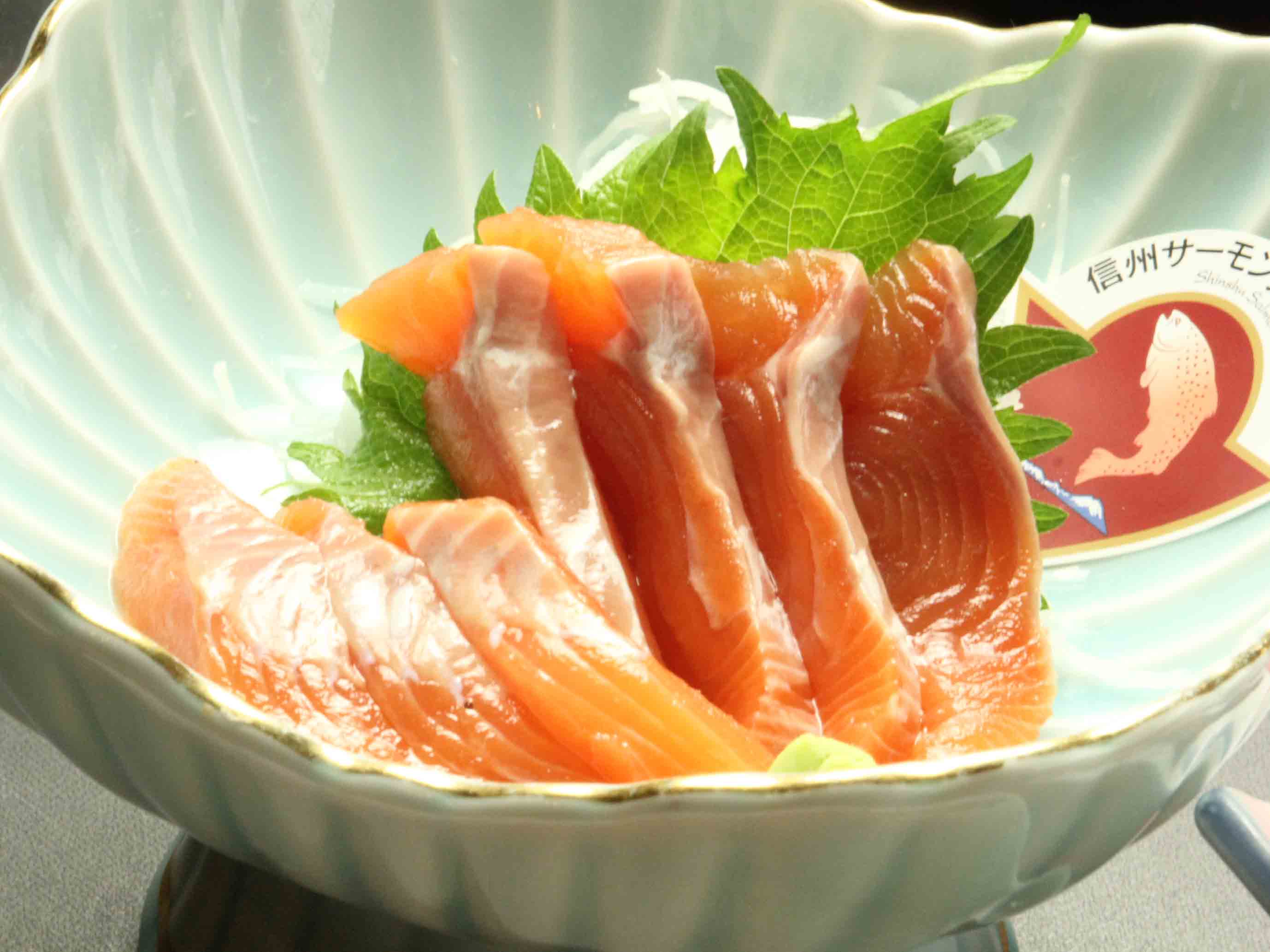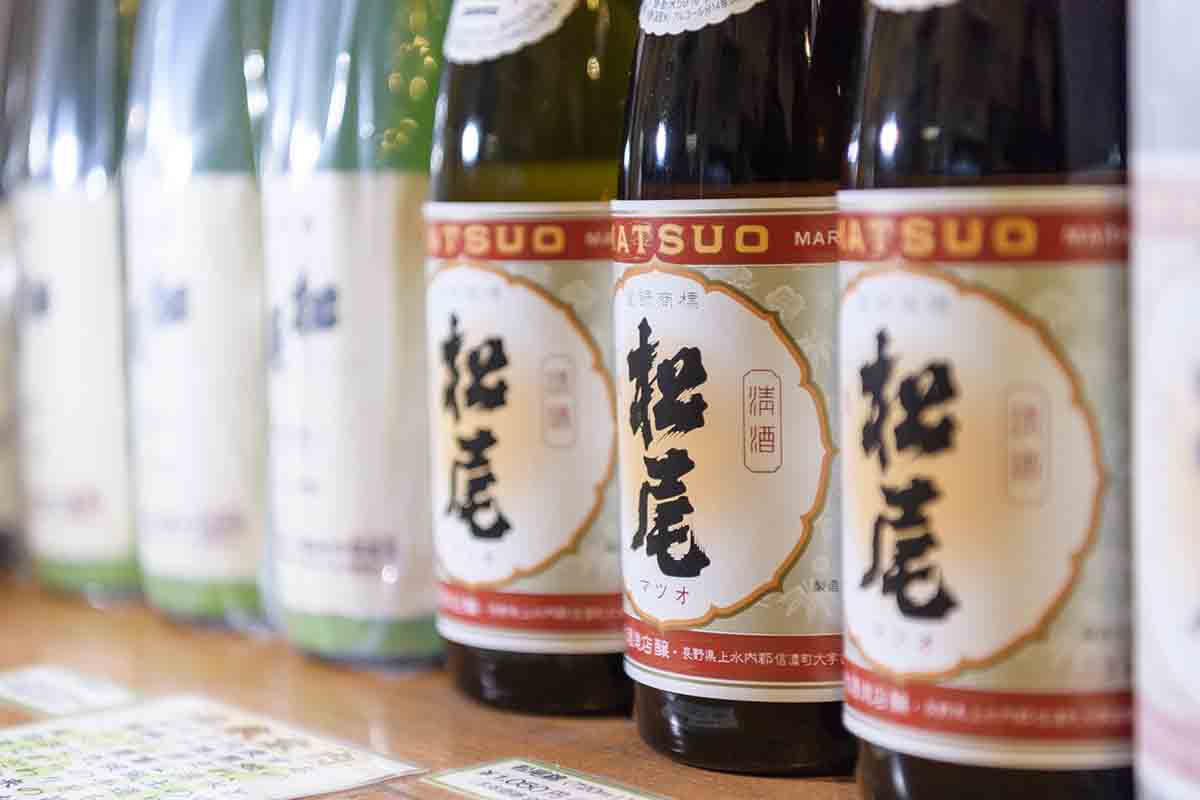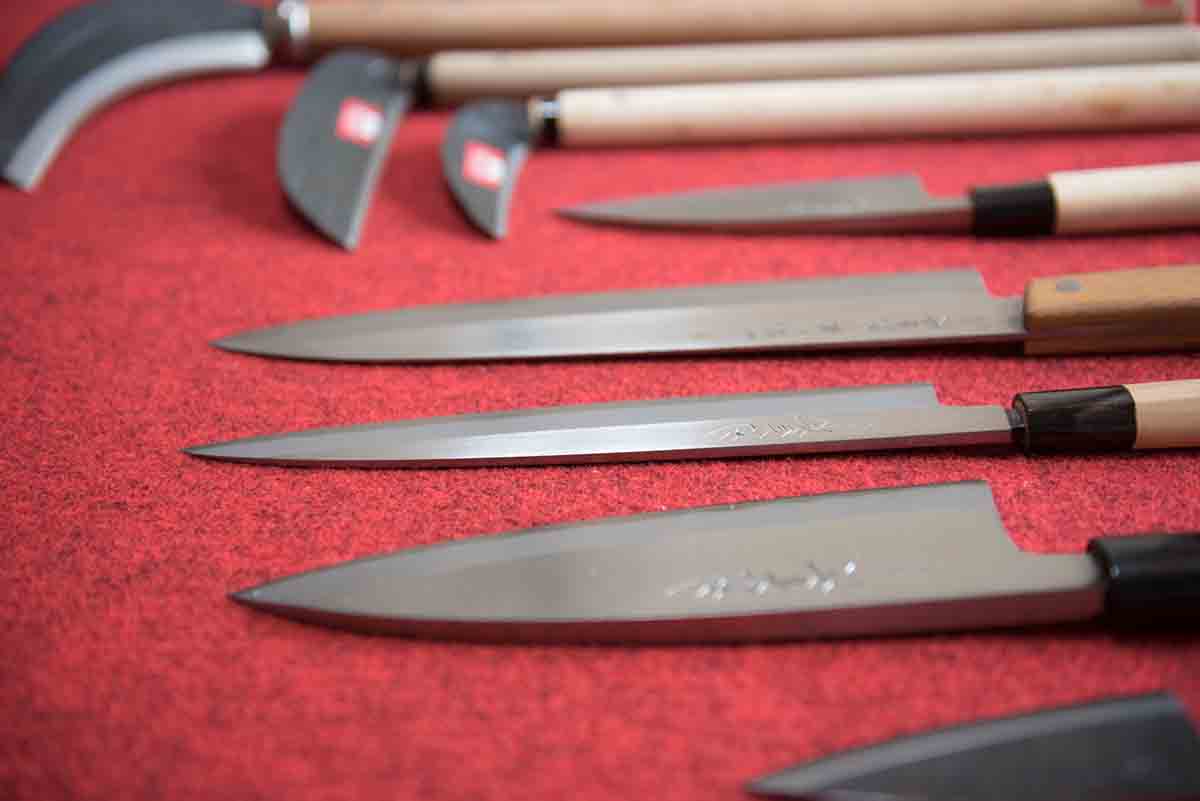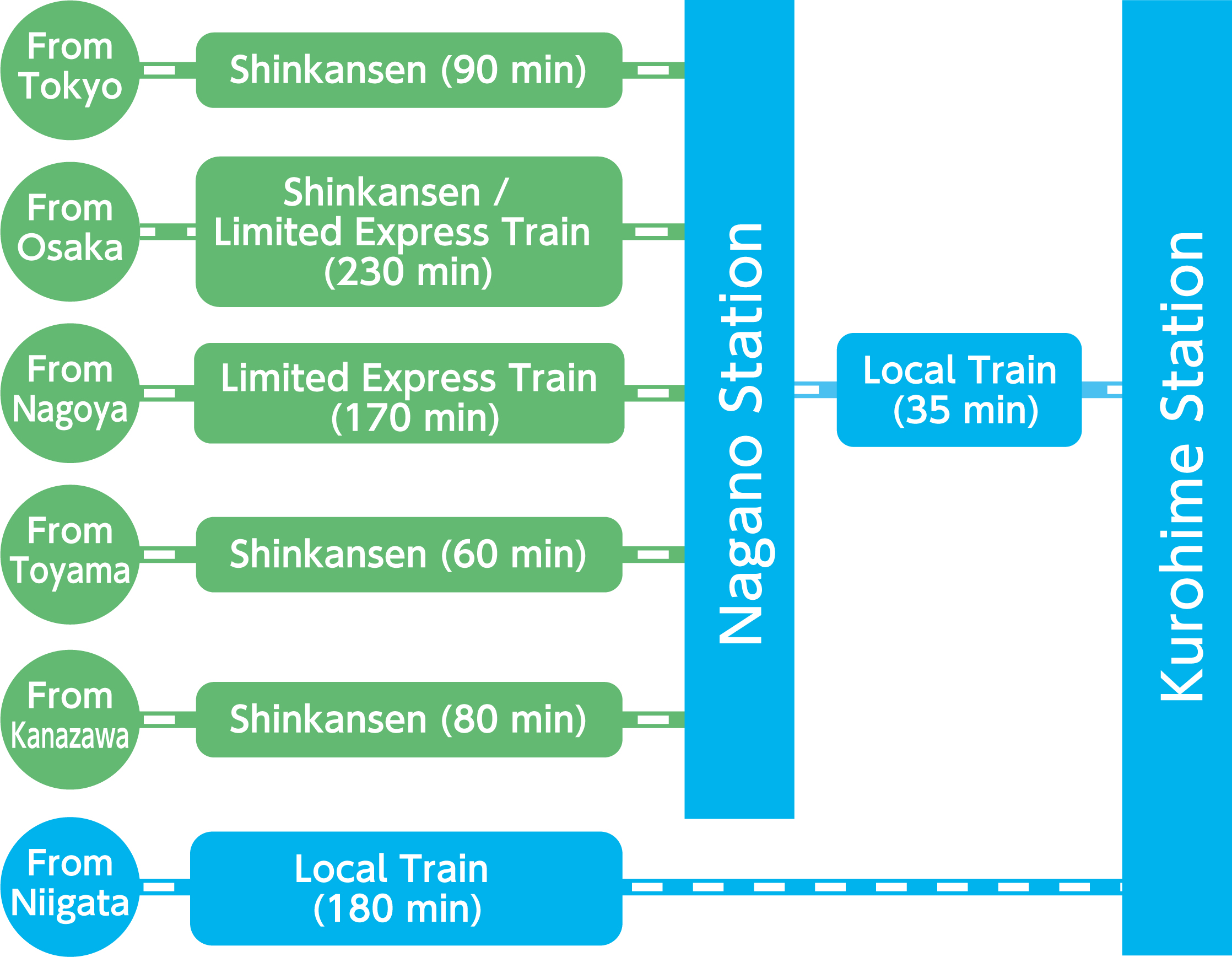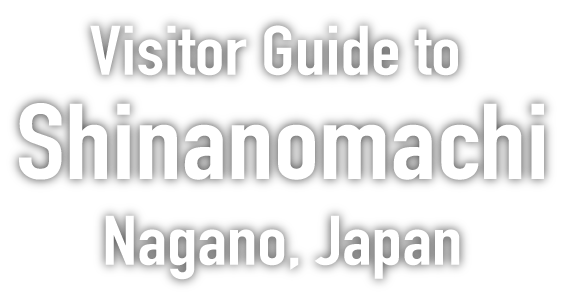

Now Loading...


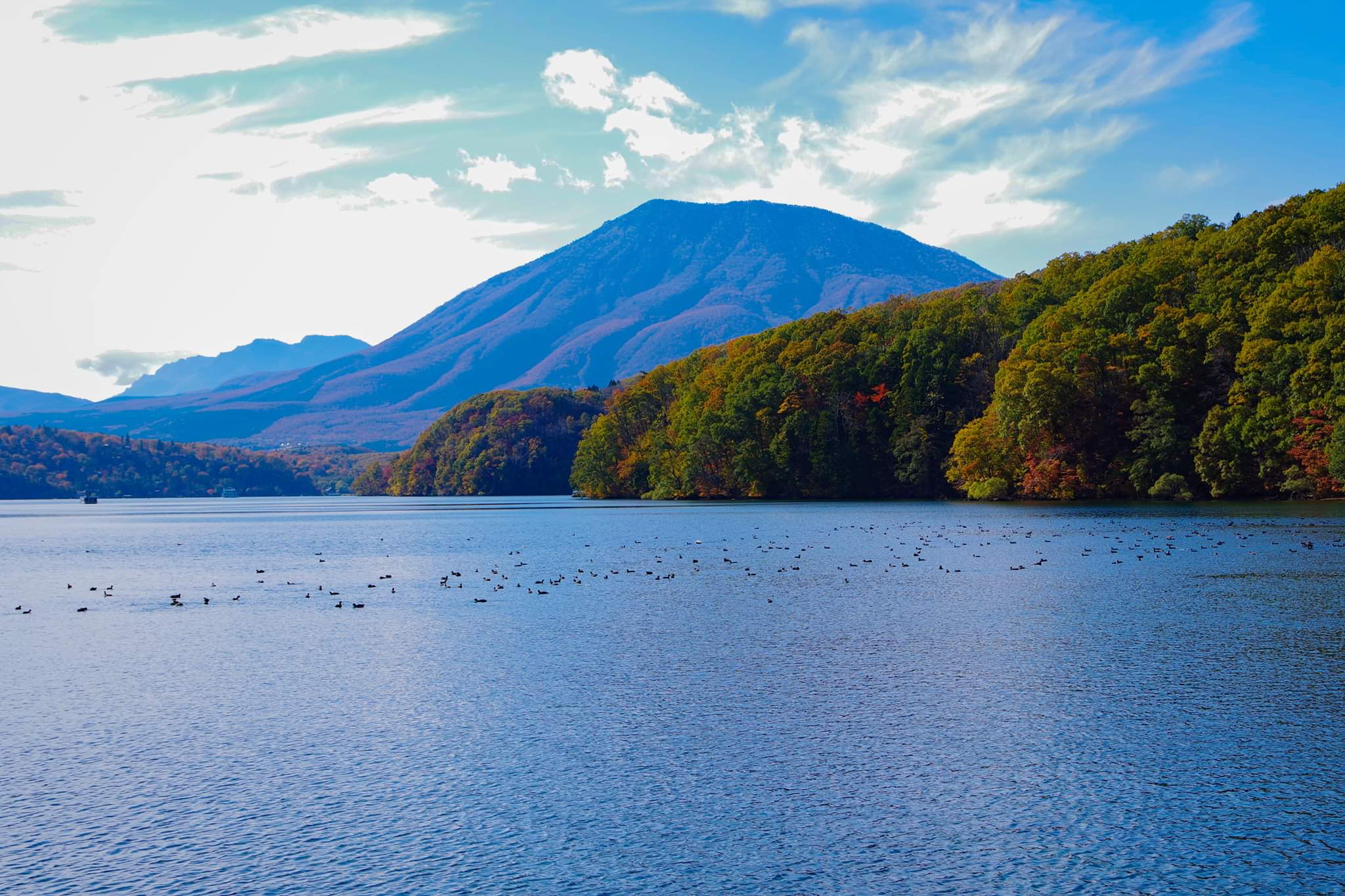
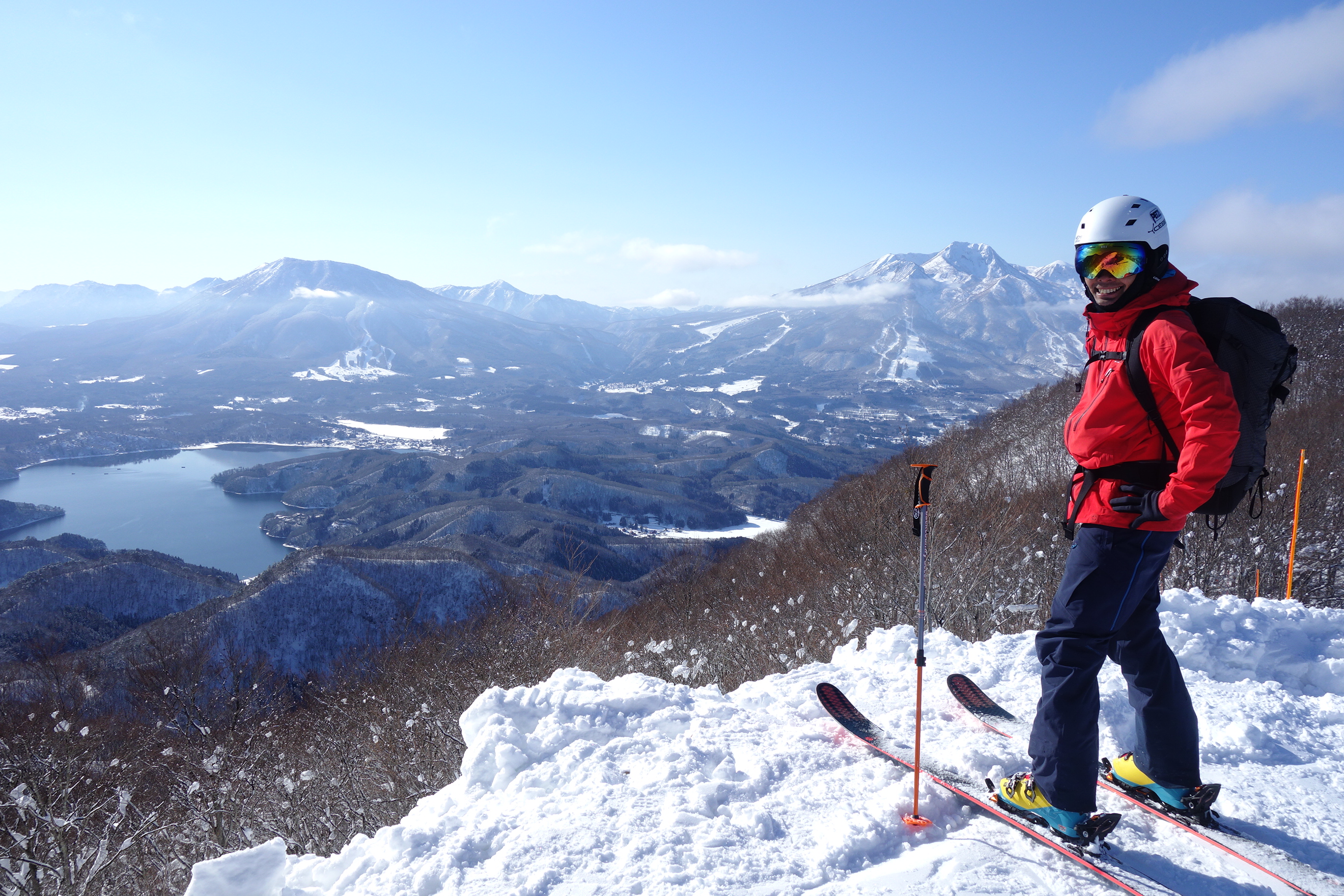
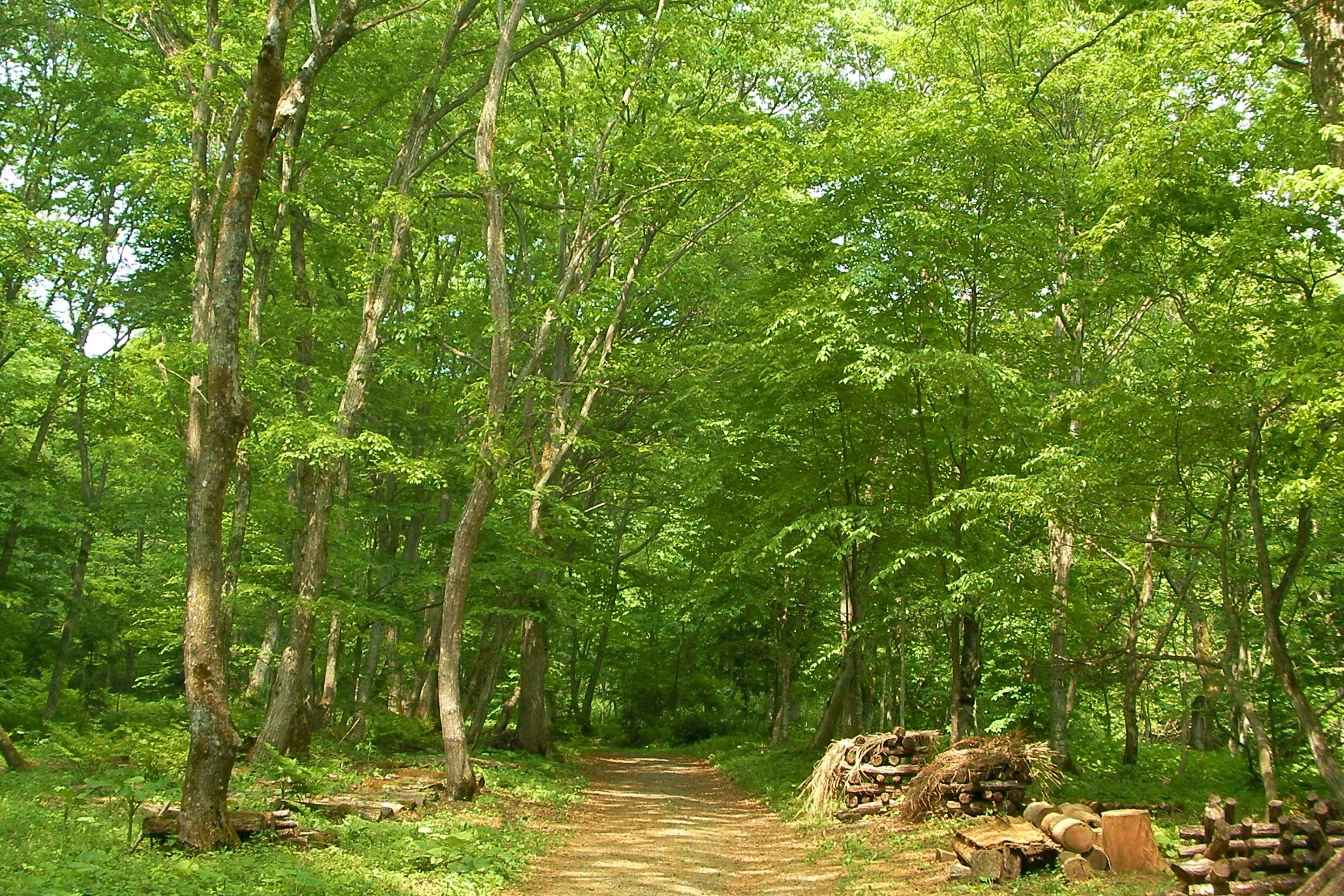

Shinanomachi was the first town in Japan to conduct medical research on the mental and physical healing effects of forest environments, and is widely known as a leader in forest therapy. Conducted in partnership with doctors and universities, this research confirmed that forest therapy has a number of medical benefits such as lowering blood pressure, reducing stress hormones, and increasing immune activity. The healing power of the forest can bring back “time lost” to today’s stress-filled society. Welcome to Iyashi no Mori Healing Forest, Japan’s highlands resort!

Formed when volcanic debris from Mt. Kurohime created a dam, Lake Nojiri is designated a special area within the Myoko–Togakushi Renzan National Park and still offers outstanding lake scenery. Lake Nojiri is also well known as a summer retreat for residents of Japan from overseas, a tradition that began in 1922 when missionary Daniel Norman left Karuizawa, which he felt had become too famous, in search of a climate similar to his native Canada. Learning of refreshing Lake Nojiri and its mountainous, forested surroundings, he established a retreat for foreign residents in the Kamiyama area along the lake’s southwest shores. Because local residents have always prioritized conservation, Lake Nojiri avoided the over-development of Japan’s “leisure boom” years and remains a beautiful spot. Uga Shrine, founded in 730, stands on Biwa Island (also known as Benten Island). The shrine’s current main sanctuary was built in 1655. The island and shrine can be reached by pleasure cruiser, canoe, or rowboat, and many people come from far away to pray.

Part of a national park, Mt.Kurohime is sometimes called the Mt. Fuji of the Shinano region because of its conical shape. The Kurohime Kogen highlands spread out at the mountain’s eastern foot. Local ski resorts offer 100% natural powder snow in the winter while summer brings beautiful cosmos flowers and autumn colorful foliage. There are many small hotels, pensions, and rental cottages in the area where you can stay and relax in whatever style suits you, whether you prefer the cool, refreshing summers or the magical snowy winters.

The Tangram Madarao Area is a highland resort at the foot of Mt. Madarao. Located at an elevation of about 1,000 meters, during the green season from spring through autumn there are various fun activities such as trekking and bobsledding, and just below your eyes is Lake Nojiri. The Lake Nojiri Terrace is also highly recommended, and from there you can enjoy the spectacular view of the five mountains of Hokushin. Tangram Ski Circus and Madarao Kogen Ski Resort are popular destinations for abundant powder snow.
